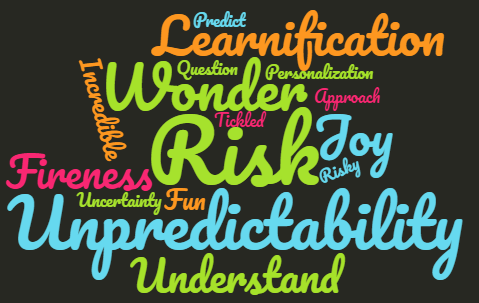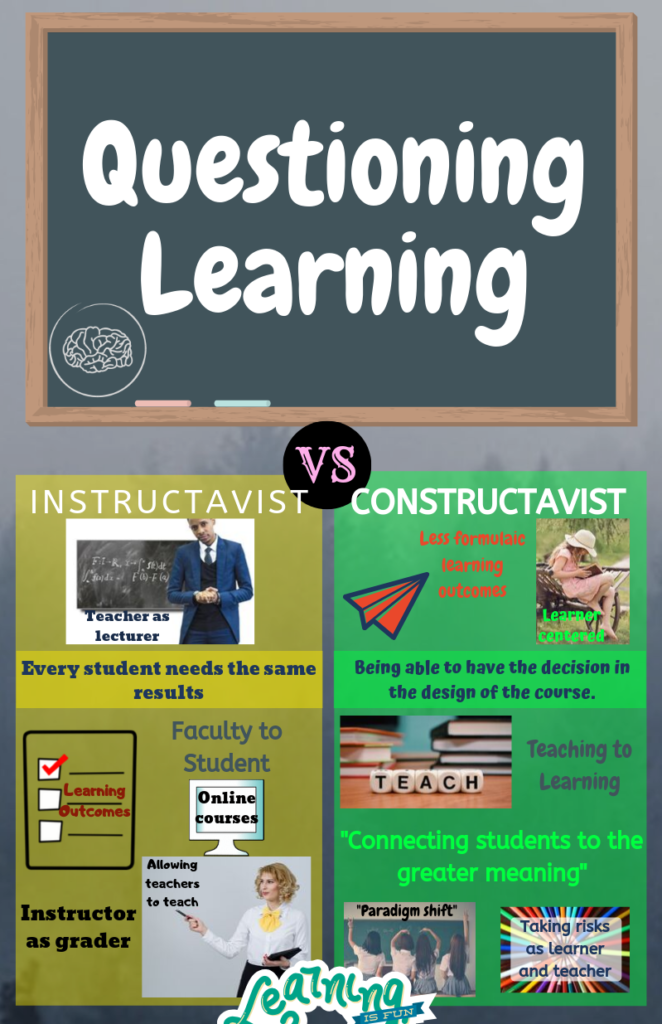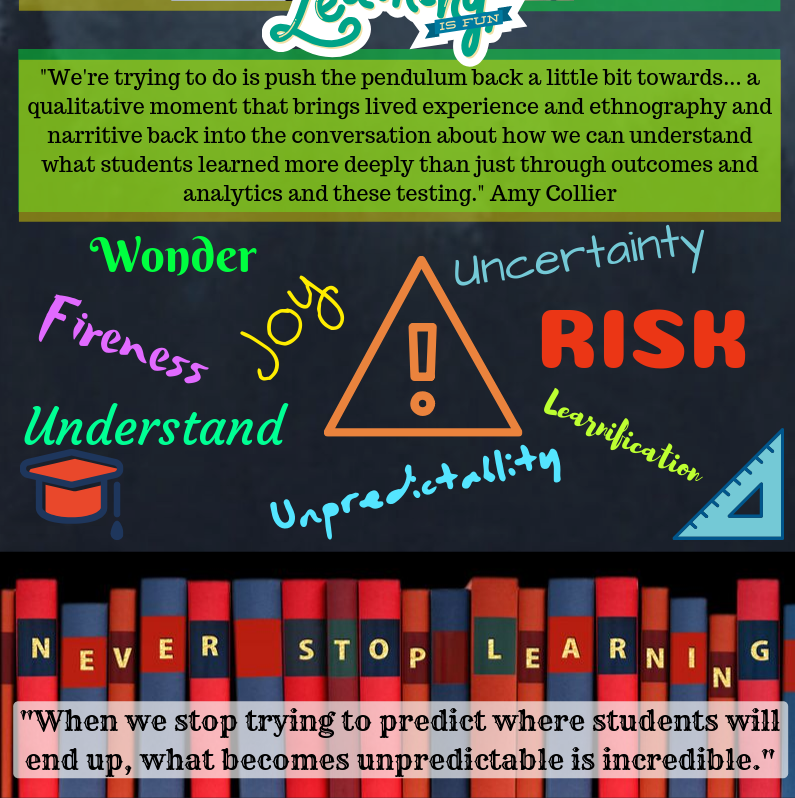The Technologist module is broken up into different sections that explain how to formulate ideas and connections in order to add technology into the classroom while also listening to the needs of the students, and making sure that it fits properly into the curriculum. The model itself focuses on the “Design-Thinking” model which is a breakdown of how to accomplish the integration of technology into the classroom. While looking at the module I was struck with how many times they wanted the teacher to do a mind map in order to brainstorm their new technology integration idea. They do an “empathy map” to identify a “learner challenge” within the classroom, and then another mind map to brainstorm what technology would benefit their students. It made me wonder if there were other ways that they could go about brainstorming without having to make a mind map each time.
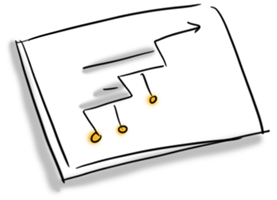
I chose to do a sketch note to summarize the module. My inspiration for it came from the title, as well as the image above. I was struck by how it looked like a circuit board. I thought that this module was much like a circuit board, as it flows fluidly around ideas and thoughts of how to improve the classroom. This was my approach for the sketch note.
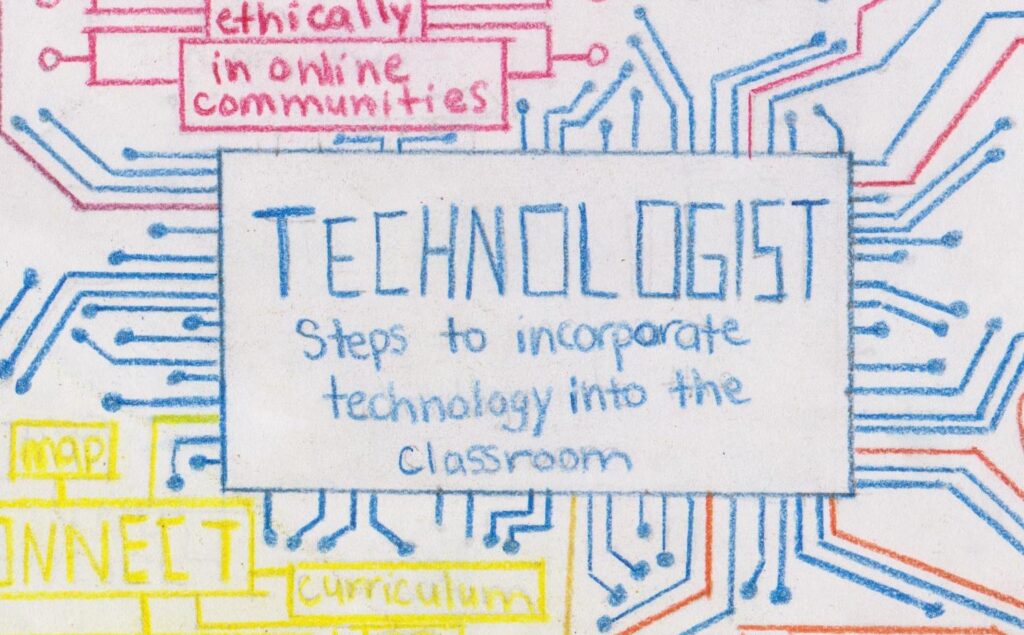
I first started with the idea of how we read left to right. I wanted to draw the eye to the top portion of the design first, so I chose darker colours because they stand out much more. I wasn’t originally going to include the “Overview” portion, but I thought it was very important to understand the rest of the module. I wanted to display how the creation of new ideas flow, so I used the bright colours that fade into each other, but all connect back to the main idea of the technology integration. As you can see in the top right, I wanted to connect the Design-Thinking approaches with their colours, so that the sketchnote was even easier to view and comprehend. As a student, I like some of the ideas that it brings to identifying and working through problems. The idea of mind mapping so much is not really of interest to me, but the rest of the process would be helpful for me when creating lessons.


I wanted my sketchnote to seem very structured, but also a bit like a giant mind map, as this really stuck with me, as I mentioned before. I wanted there to be more images and examples within the actual module, so I added some photos to help connect the ideas to images. For example, I put a feather pen next to define because it reminded me of the dictionary and writing out fancy definitions. Prototype is a collection of question marks because there is still many questions that come with this phase in the process.
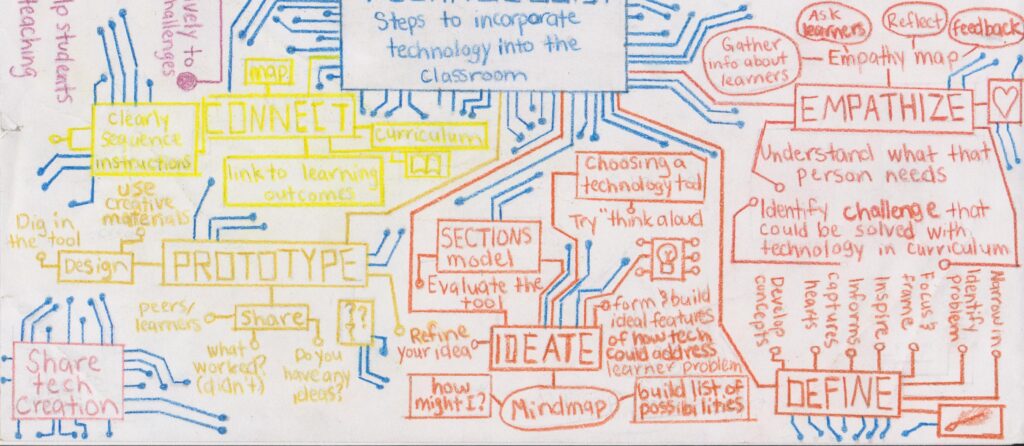
As I was about to finish, I checked the “Module Checklist” tab and noticed that it mentioned “Share tech creation”, so I wanted this to stand out as a final thought at the very end of the process, and the sketchnote. This is the portion of the module I feel like I would struggle with most. After all the entire process and finally releasing it to the world, I worry that people won’t like it. Much like this post. Whenever you put something out there that you have worked so hard on you always hope that people will also appreciate it. This is why I wanted this section seperate from the rest. It is the portion that has such a different mindset from the rest of the process, and this is why it is disconnected.
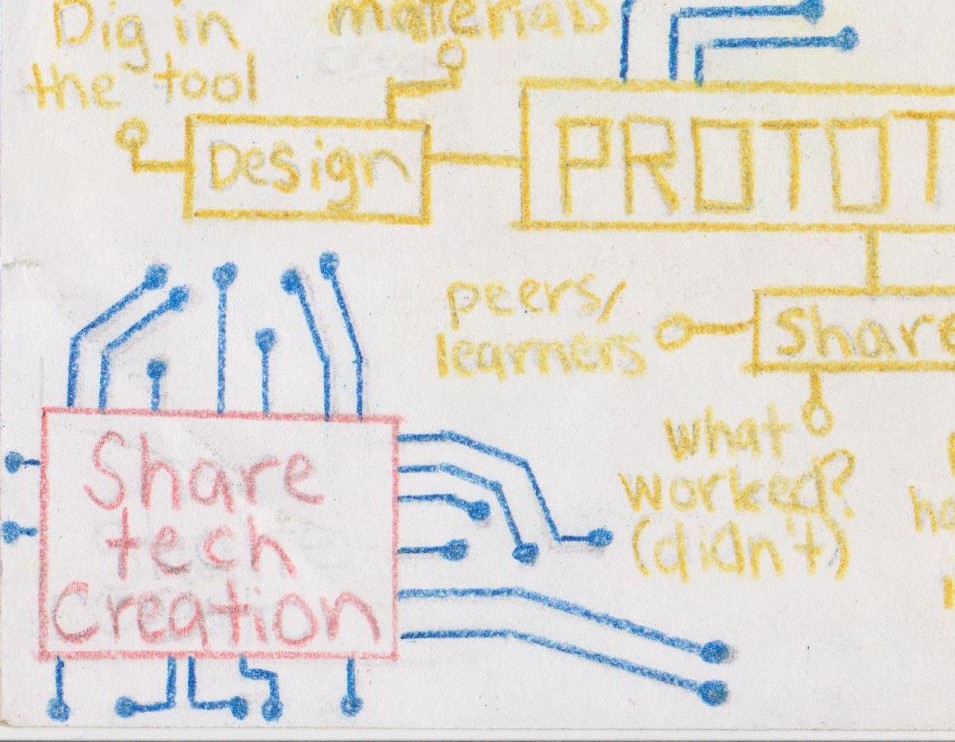
I hope you will be able to read my sketch note, and all the colours came up clear within the scanned image.
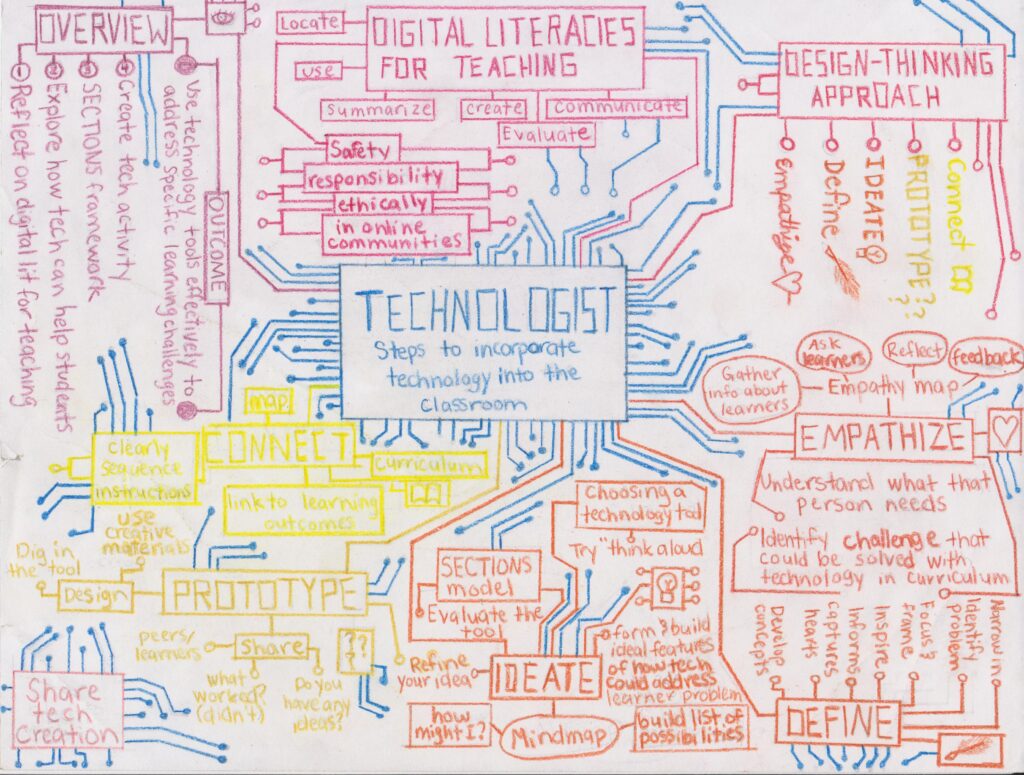
As a teacher, I like the idea of the module and what it is trying to do, but I struggled with having to use it in a classroom. I know that it is to help incorporate more technology into the classroom, but it is lacking examples. I know that within the “scenario” tab it has a video about “Terry” and how he has become stagnant in his creativity with his course. It explains how he went through the technologist model to accomplish a new tech integration into his classroom. However, the module does not touch on some other opportunities that the teacher could take. I like that this could work for some classes and with some teachers. The idea of working through problems using this method is very helpful, but I just need some more examples of what the overall process looks like for some teachers. Maybe some testimonials and real life situations would help me connect to the module more. Overall, I think that this module would work in some classrooms, but not every class or educator would benefit from it.


